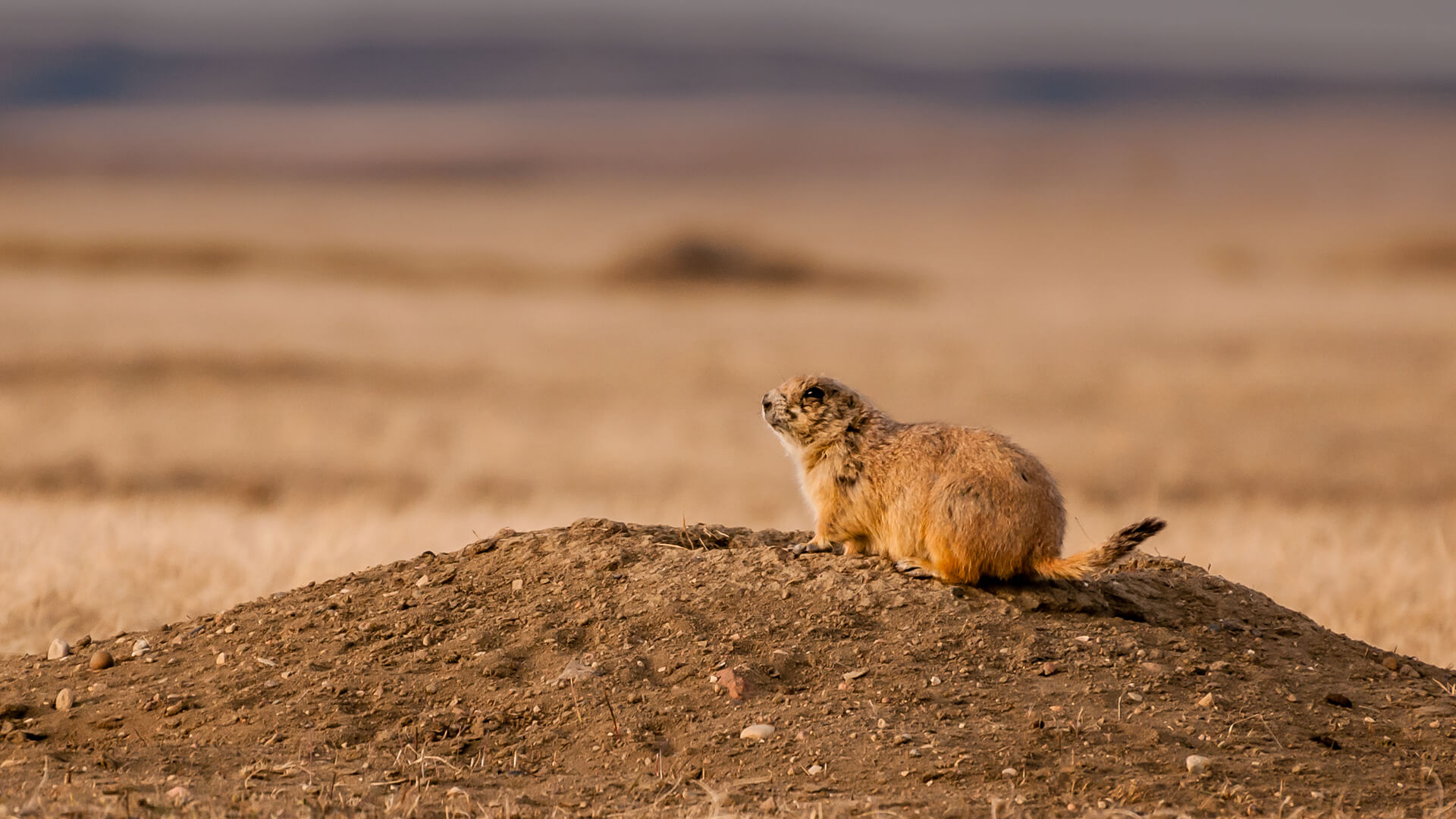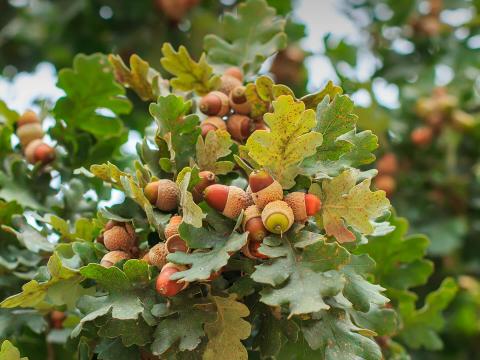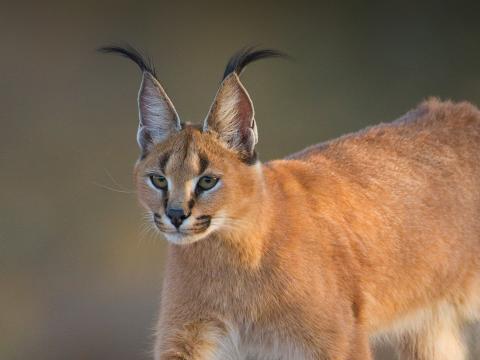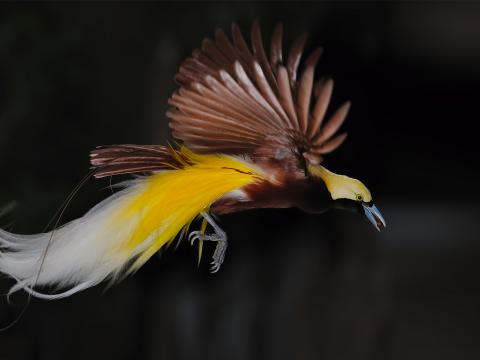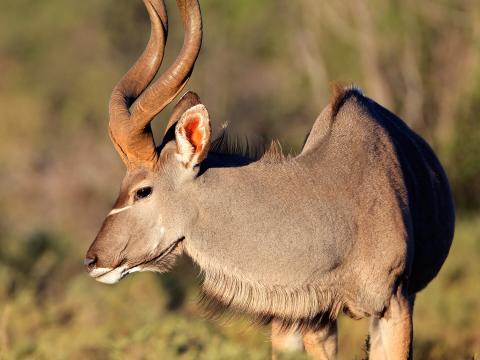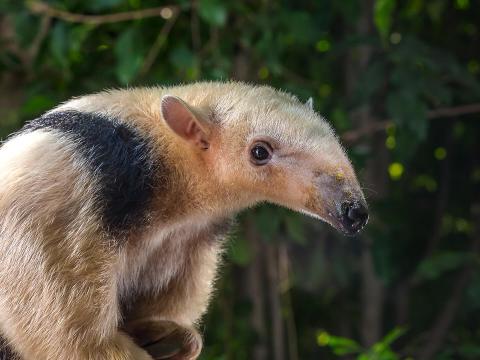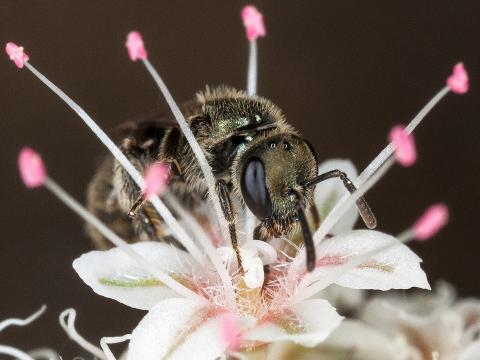Prairie Dog
- CLASS: Mammalia (Mammals)
- ORDER: Rodentia
- FAMILY: Sciuridae
- GENUS: Cynomys
- SPECIES: leucurus (white-tailed prairie dog), mexicanus (Mexican prairie dog), gunnisoni (Gunnison's prairie dog), parvidens (Utah prairie dog)
ABOUT
Prairie home companion: When is a dog not a dog? When it's a large ground squirrel found on the prairie! Prairie dogs are social rodents that live in huge, underground burrows, called towns. They make these towns in the prairies and plateaus of North America. Undisturbed towns have tens of thousands of prairie dog residents and go for miles in every direction. Each town consists of subgroups, or wards, and wards are, in turn, split into family groups called coteries. Each coterie defends a home territory of about 1 acre (0.4 hectare) from surrounding coteries. The typical coterie territory has 70 separate burrow entrances. Whew!
A pile of dirt outside each burrow entrance indicates a prairie dog town. The dirt piles provide protection from the weather. They also give the little prairie dogs some extra height when watching for predators. Underground, the tunnels contain separate chambers for sleeping, rearing young, and eliminating waste.
Prairie dogs have a communication system that warns other members of the town of danger. Different sounds identify various predators such as hawks, owls, eagles, ravens, coyotes, badgers, ferrets, and snakes.
When a predator approaches, the first alert prairie dog gives a sharp warning call, bobs up and down in excitement, calls again, and then plunges into the burrow below. This warning call is a 2-syllable bark, issued at about 40 barks per minute. Other lookouts farther from the danger zone take up the watch, noting the progress of the predator and alerting the town members along the route.
HABITAT AND DIET
Prairie dog feeding habits have a big effect on the landscape. They eat grasses, roots, seeds, and other leafy plants throughout their prairie or plateau habitat. Tall plants are destroyed and the clearings created make it hard for predators to launch a sneak attack. Prairie dogs are diurnal and spend much of the day looking for food; they do not store food in their burrows.
At the San Diego Zoo and the San Diego Zoo Safari Park, the prairie dogs eat fed high-fiber herbivore pellets, assorted veggies and greens, and Bermuda grass.
FAMILY LIFE
When a female prairie dog is ready to give birth, she goes to the nursery burrow. The young, called pups, are born hairless and with eyes closed. In the nursery, the mother takes care of her pups until they are about six weeks old and ready to venture above ground. At about one year of age, the young prairie dogs may leave to start a new coterie by taking over abandoned tunnels or by digging new ones.
When prairie dogs from different coteries meet, there's trouble! To show who is the boss, they stare at each other, chatter their teeth, and flare their tail. These territorial arguments may last for more than 30 minutes and sometimes include fights and chases. And although they are territorial about their coterie, prairie dogs warn each other of invading predators or other signs of danger.
CONSERVATION
At the turn of the 20th century, an estimated five billion prairie dogs lived on millions of acres of grass prairies across western North America. Since then, the prairie dog population has dropped by 98 percent. The Mexican prairie dog Cynomys mexicanus is endangered. The Utah prairie dog Cynomys parvidens was saved from extinction by the Endangered Species Act but is still considered an endangered species.
Ranchers have long viewed prairie dogs as pests that compete with their livestock for food. Because the little rodents can eat as much as seven percent of a ranch's forage, prairie dog elimination programs started decades ago in the American West. Now, a growing number of experts argue that prairie dogs may, in fact, be helpful to ranchers and others. Prairie dogs are an important part of the prairie ecosystem. Their churning activities aerate the soil to allow for more water penetration. Their nitrogen-rich dung improves the quality of the soil and vegetation. Prairie dogs also support a wide variety of wildlife in another way: many predators rely on them for food.
By supporting San Diego Zoo Wildlife Alliance, you are our ally in saving and protecting wildlife worldwide.

